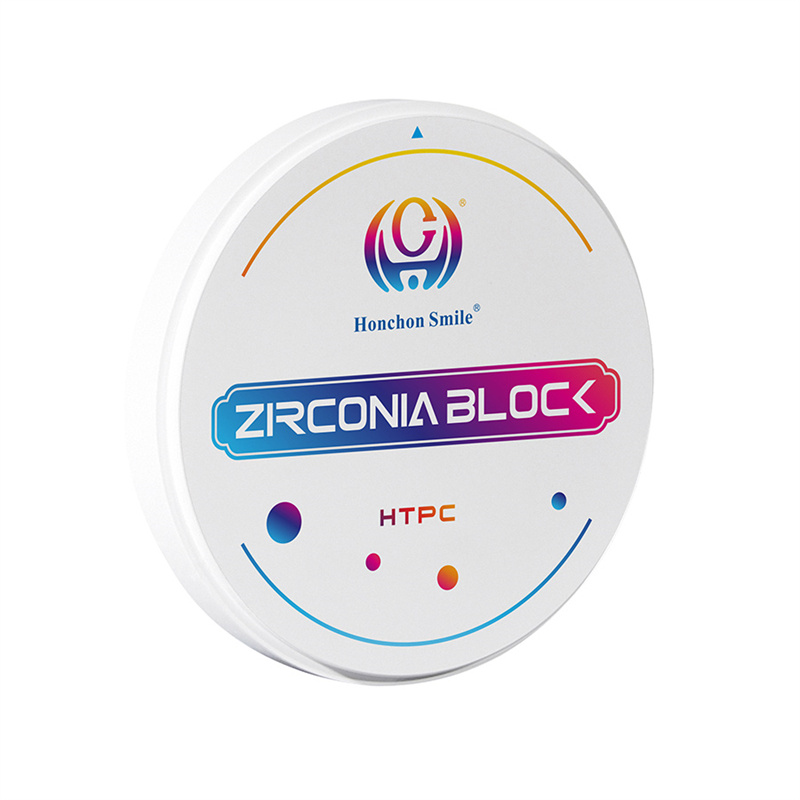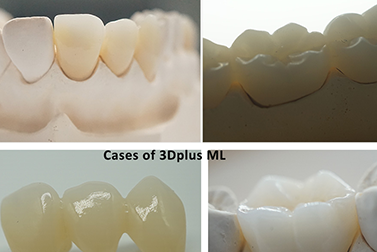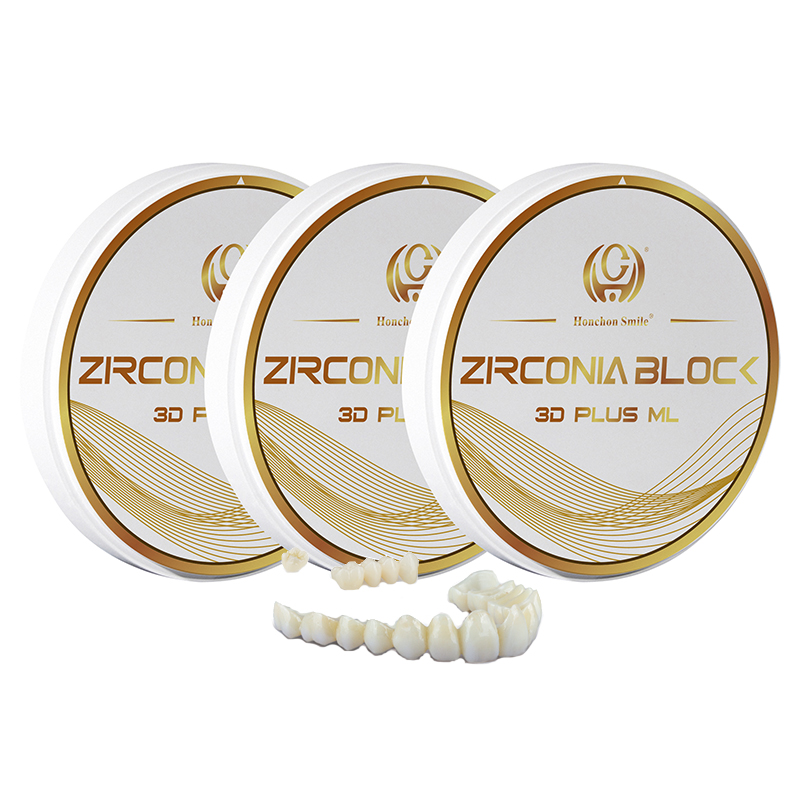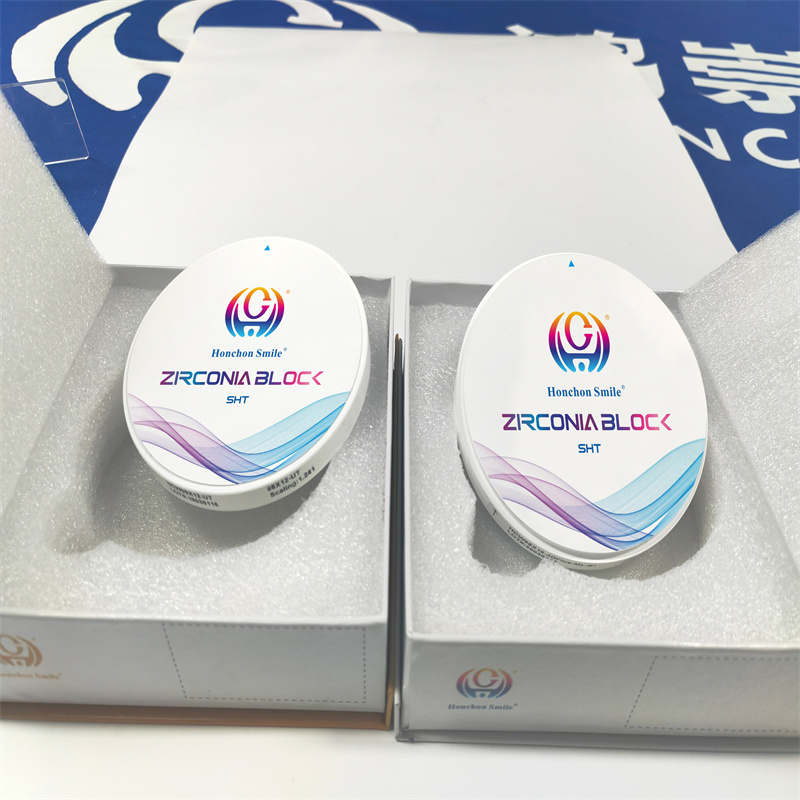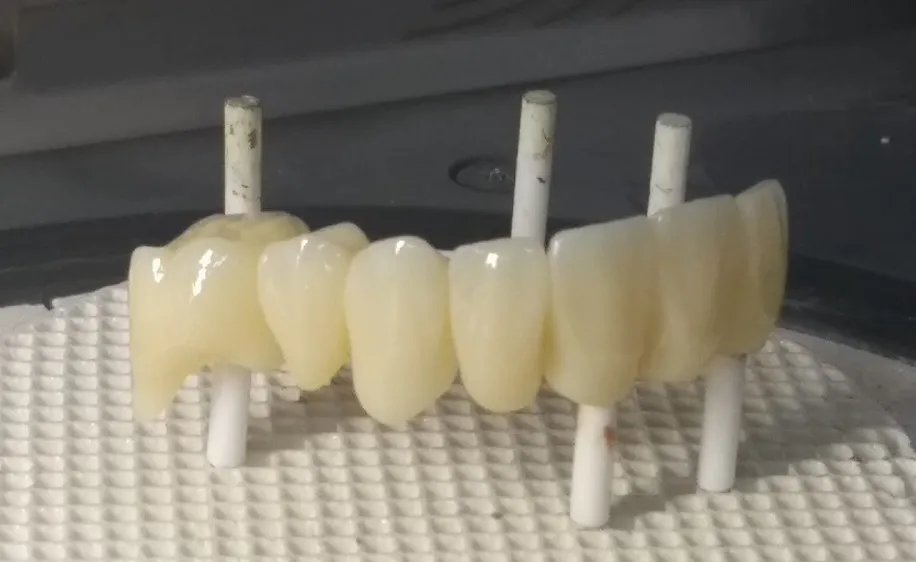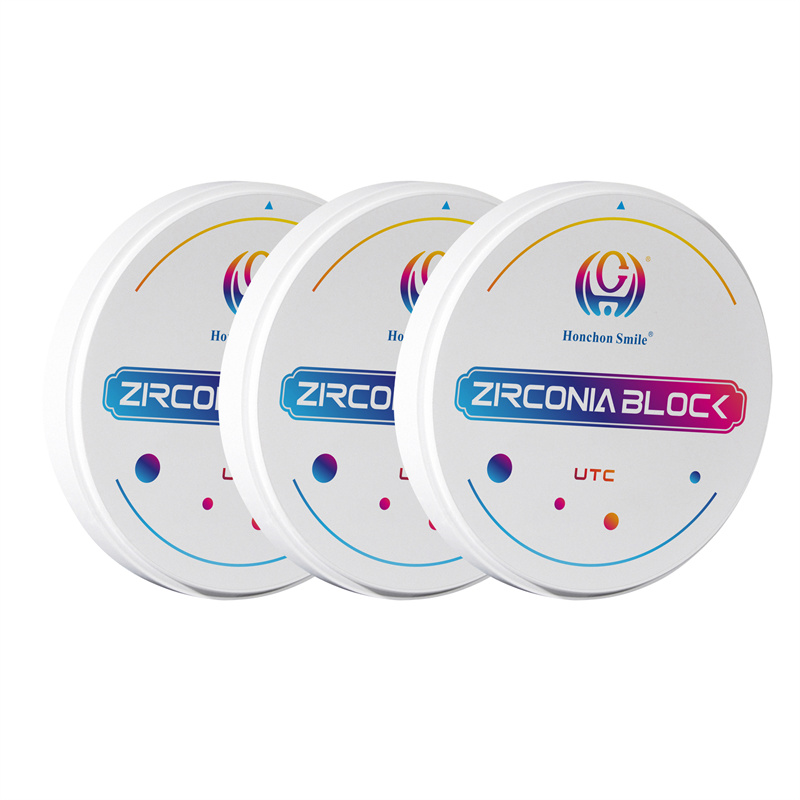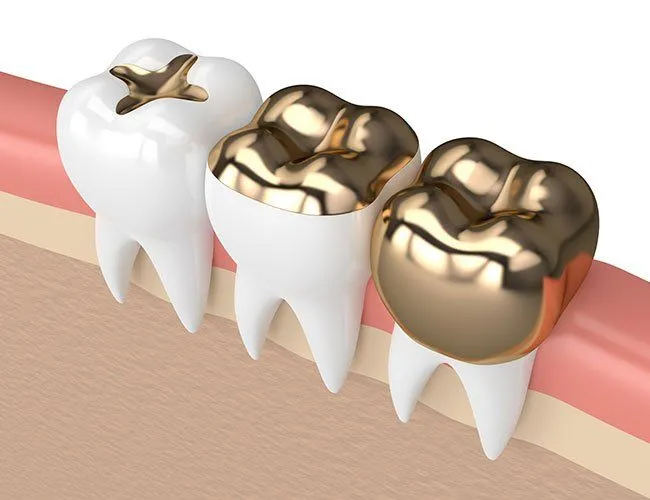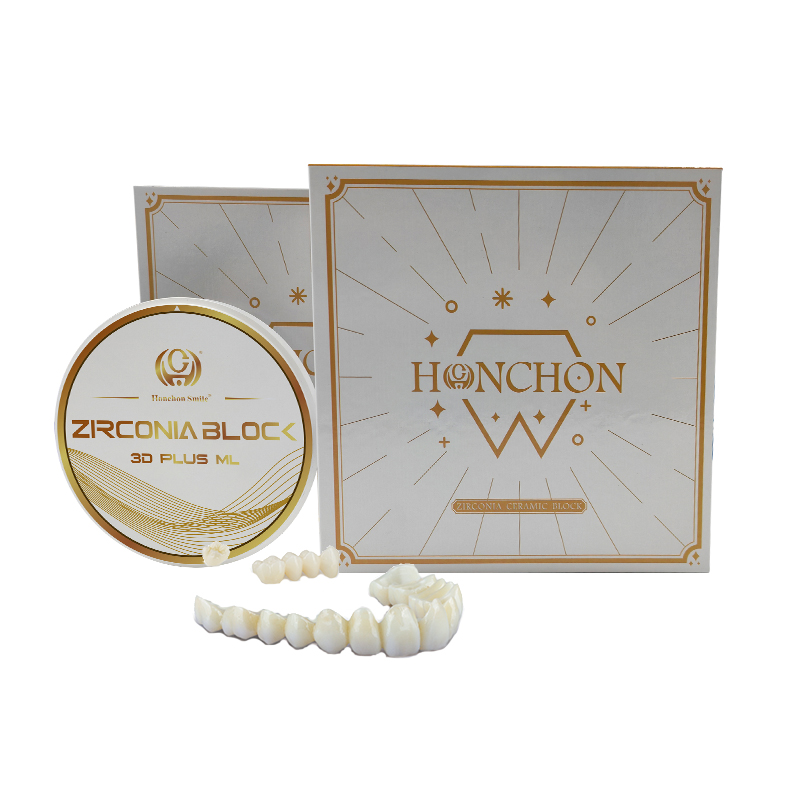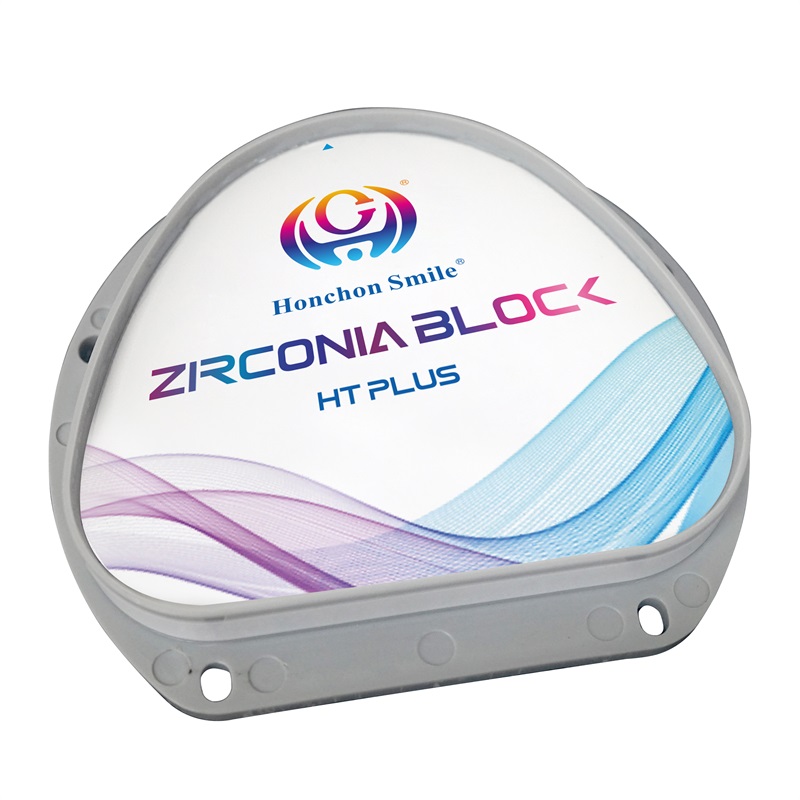Solid zirconia in dentistry?
2024-04-25
In dentistry, solid zirconia refers to zirconium dioxide (ZrO2) used as a dental material to fabricate dental restorations such as crowns, bridges, and implant abutments. Solid zirconia has become increasingly popular in dentistry due to its excellent mechanical properties, biocompatibility, and aesthetics.
Here are some key aspects of solid zirconia in dentistry:
Strength and Durability: Solid zirconia is known for its exceptional strength and durability, making it suitable for withstanding the forces of chewing and biting in the mouth. It is highly resistant to fracture and chipping, providing long-lasting dental restorations.
Biocompatibility: Zirconia is biocompatible, meaning it is well tolerated by the body and unlikely to cause adverse reactions. This makes it suitable for use in dental restorations where it comes into contact with oral tissues.
Aesthetic Options: While solid zirconia restorations were initially known for their strength rather than aesthetics, advances in technology have led to the development of highly aesthetic zirconia materials. Solid zirconia can now be fabricated in various shades and translucencies to closely mimic the natural appearance of teeth, making it a popular choice for both posterior and anterior restorations.
Minimally Invasive Preparation: Due to its strength, solid zirconia allows for more conservative tooth preparations compared to traditional materials like metal or porcelain-fused-to-metal restorations. This means less removal of healthy tooth structure during the preparation process.
Compatibility with CAD/CAM Technology: Solid zirconia restorations are often fabricated using computer-aided design and computer-aided manufacturing (CAD/CAM) technology. This allows for precise and customized fabrication of dental restorations, ensuring optimal fit and aesthetics.
Overall, solid zirconia has become a popular choice in modern dentistry for its combination of strength, durability, biocompatibility, and aesthetic versatility. It is used for a wide range of dental restorations, providing patients with long-lasting and natural-looking results



